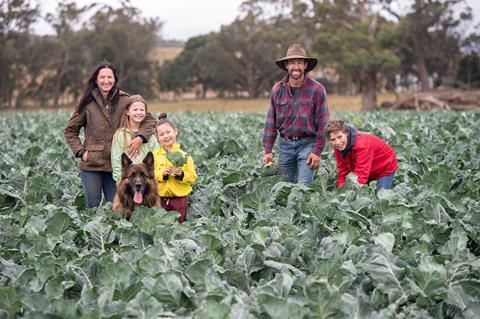Vegetable growers will benefit from A$10m investment that will be used to fight exotic pest threats

Australia’s vegetable industry is set to receive a new level of protection against exotic pests through a unique A$10m levy-funded collaborative biosecurity strategy.
The Hort Innovation investment on behalf of growers will build the vegetable industry’s resilience to exotic pest threats through the creation of an industry-led biosecurity program that will strengthen pest surveillance, preparedness and management efforts.
The Vegetable Industry Biosecurity and Business Continuity Strategy will be led by Ausveg with support from Plant Health Australia and state and territory biosecurity and research agencies.
Hort Innovation chief executive officer, Brett Fifield, said the five-year programme aimed to boost response capabilities and limit the impact of incursions.
“Historically, a new incursion has meant that farming properties are quarantined, and growers are unable to move their produce off-farm, losing the ability to fulfil current and potentially future contracts,” Fifield said.
“A key aspect of this new vegetable industry biosecurity strategy is the development of protocols that enable movement of produce and swift reinstatement of market access.”
Victorian vegetable grower and agronomist Stuart Grigg said Australia’s unique position as an island nation should not lead to complacency.
“This project, together with the broader national agricultural communities’ exotic pest and disease focus, goes a long way to help protect our industry,” Grigg said.
“It’s important our industry is at the forefront of understanding international exotic issues, being informed and prepared with best management practices should they be quickly required, while maintaining strong border controls.”
Ausveg chief executive officer Michael Coote said the new program represented a major step forward in Australia’s preparedness in the face of an ever-increasing threat from exotic pests.
“The growing pressure on Australia’s biosecurity demands the kind of flexible, proactive response that this new program can deliver,” Coote said. “Using the latest monitoring techniques and with close collaboration between industry and government, this new program will offer the greatest possible protection to growers, industry, trade and regional communities.”
The next-level biosecurity strategy includes a contingency fund for industry responsiveness to unanticipated threats, providing an adaptable, flexible approach to preparing for high-priority exotic pests.
Demonstrations of robust, audited on-farm biosecurity practices by growers to foster reassurance and trust within grower communities and multi-level government and non-government groups. A comprehensive communications and extension program across growers, agronomists and consultants.
The strategy will also develop protocols to facilitate produce movement and the swift reinstatement of market access.



